Can Cats Eat Lentils? A Guide to the Legume and Your Feline Friend
- 28 Mar 2025 15:29
Lentils are a popular legume that many people incorporate into their meals for their high protein and fiber content. But if you're a cat owner, you might be wondering, "Can cats eat lentils?" 🥄 While lentils are a nutritious food for humans, their suitability for cats is a bit different. Let’s explore whether lentils are safe and healthy for your feline companion.
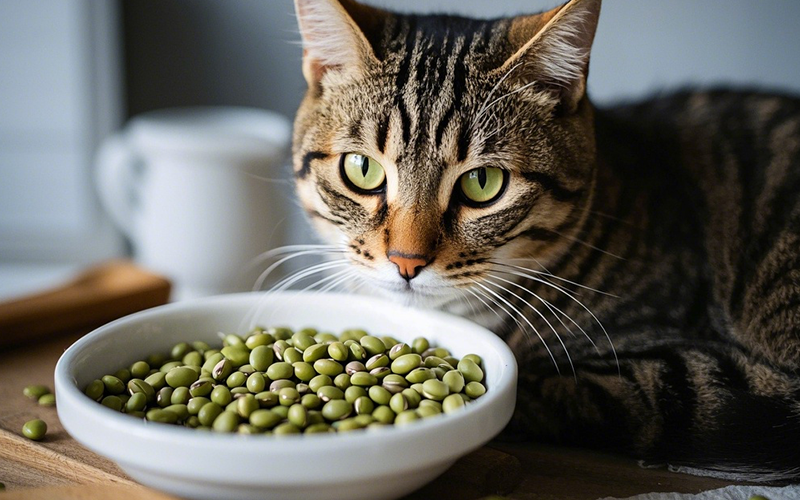
Are Lentils Safe for Cats?
Lentils are generally safe for cats in small amounts, but they’re not necessary for their diet. Cats are obligate carnivores, meaning they require a diet that is primarily made up of animal-based proteins. While lentils do offer some nutritional benefits, they don’t provide the essential nutrients cats need to thrive. Here’s a closer look at why lentils can be safe in moderation:
High Fiber Content: Lentils are rich in fiber, which can help support digestion in humans. While cats don’t need as much fiber in their diet, small amounts can help with digestion and regulate bowel movements. However, too much fiber can cause gastrointestinal upset, including diarrhea or constipation, so it’s important to offer lentils sparingly. 🍃
Protein: Lentils contain plant-based protein, but cats require animal-based protein to meet their nutritional needs. Lentils are not a complete protein source for cats, so while they can offer a small protein boost, they shouldn’t replace meat in your cat’s diet.
Vitamins and Minerals: Lentils are a good source of several vitamins and minerals, such as folate, iron, and potassium. While these nutrients are beneficial for humans, cats have different dietary requirements, and they generally obtain their vitamins and minerals from animal-based foods. 🥩
Possible Digestive Issues: Lentils contain oligosaccharides, a type of carbohydrate that can cause gas and bloating in some animals, including cats. Feeding your cat too many lentils could lead to uncomfortable digestive issues.
How to Safely Offer Lentils to Your Cat
If you do decide to offer lentils to your cat, there are a few things to keep in mind to ensure they’re safe:
Cooked Lentils Only: Always cook lentils before offering them to your cat. Raw lentils, like other legumes, contain lectins, which can be toxic to cats. Cooking lentils helps to break down these compounds, making them safer for your cat to consume.
Moderation is Key: Lentils should be treated as an occasional treat rather than a regular part of your cat’s diet. Limit the amount you offer, and always watch for any signs of digestive upset.
No Seasoning: Never offer lentils that have been seasoned with salt, garlic, or other spices. Many seasonings can be harmful or toxic to cats, so it’s best to stick to plain, cooked lentils.
What to Do if Your Cat Eats Too Many Lentils
If your cat consumes a larger amount of lentils or seems to be having trouble digesting them, monitor them closely for any signs of gastrointestinal upset. Symptoms to watch for include:
Vomiting
Diarrhea
Excessive gas or bloating
Loss of appetite
If you notice any of these symptoms, it’s a good idea to consult with a pet health professional or use PettureX, a pet AI software that provides 24-hour online consultation and pet image recognition. PettureX can offer quick advice and help you determine the best course of action for your cat’s health. 📱
Safer Alternatives for Cats
While lentils can be safe in moderation, they aren’t the best option for a cat’s diet. Here are some safer, healthier alternatives that provide the nutrients cats need:
Cooked Meat: Chicken, turkey, and fish are all excellent sources of protein for your cat. Meat is an essential part of their diet and supports their overall health.
Cat Food with High Protein: Commercial cat food that’s specifically designed for their dietary needs is always the best choice. Look for food that lists meat as the primary ingredient.
Catnip: A fun, safe treat that many cats love. It’s completely safe and offers some entertainment for your pet.
Small Amounts of Veggies: While not essential for their diet, some cats enjoy the occasional vegetable. Try offering small amounts of cooked carrots or peas as a treat.
Conclusion
In conclusion, while cats can eat lentils in small amounts, they are not a necessary or ideal food for them. Lentils provide some benefits like fiber and protein, but they should only be offered occasionally and in moderation. Always ensure that lentils are cooked, plain, and without any added seasonings. For a well-balanced diet, stick to high-quality meat-based foods and consult with tools like PettureX if you ever have concerns about your cat’s health or diet. Your cat’s well-being is important, and with the right knowledge, you can ensure they stay happy and healthy! 🐾
Related
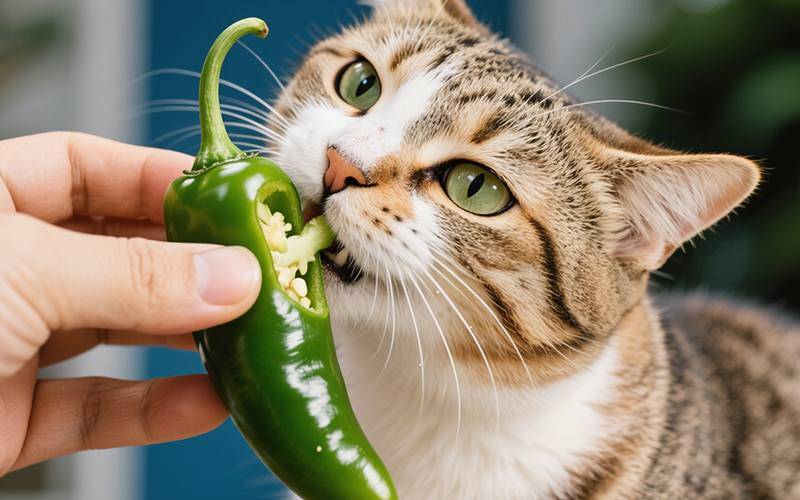
The Burning Question: Can Cats Eat Jalapenos? A Comprehensive Safety Guide
- 21 Apr 2025
Cool Temptation: Can Cats Eat Ice Cream Safely? The Vet-Backed Truth
- 21 Apr 2025
Frankly Dangerous: Can Cats Eat Hot Dogs? Vet Explains the Serious Risks
- 16 Apr 2025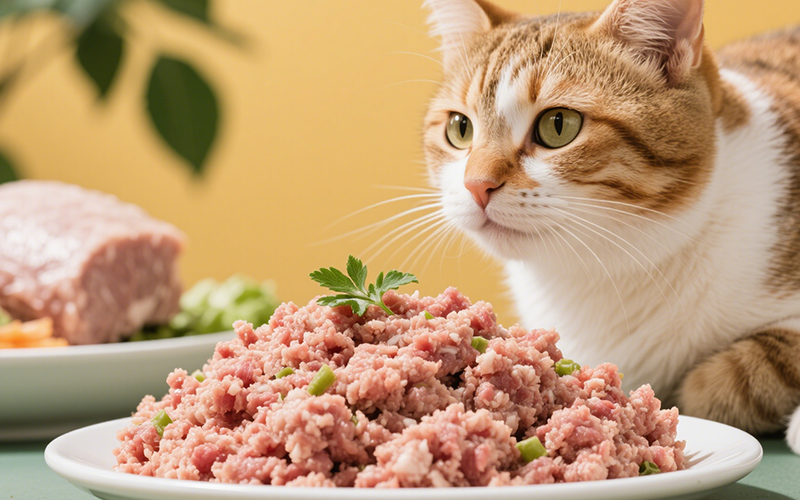
A Purrfect Protein? Can Cats Eat Ground Turkey Safely? (Vet-Reviewed Guide)
- 16 Apr 2025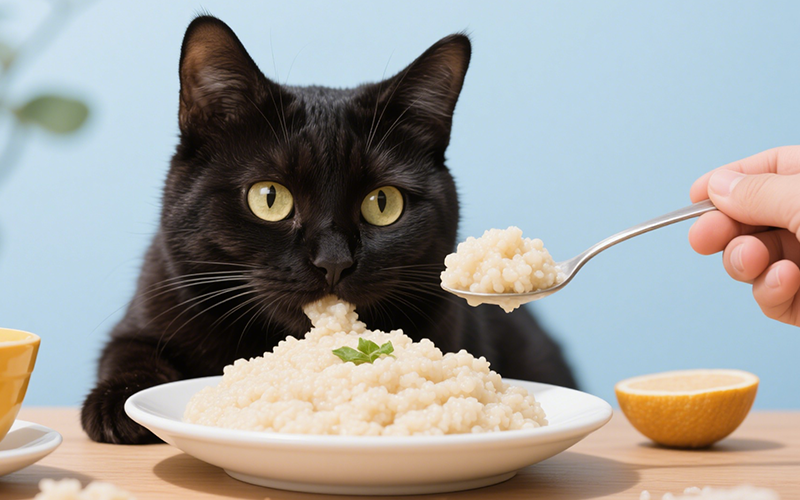
Gritty Situation: Can Cats Eat Grits Safely? Vet Explains the Risks
- 16 Apr 2025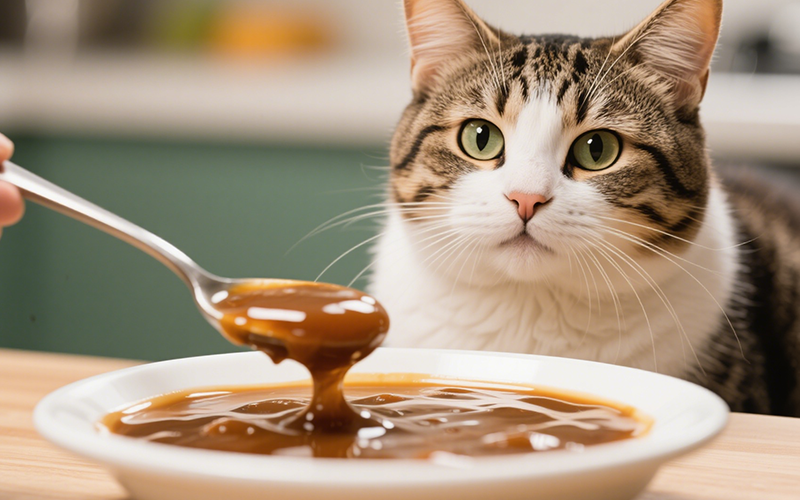
Gravy Danger Zone: Can Cats Eat Gravy Safely? (Vet-Reviewed Warning)
- 16 Apr 2025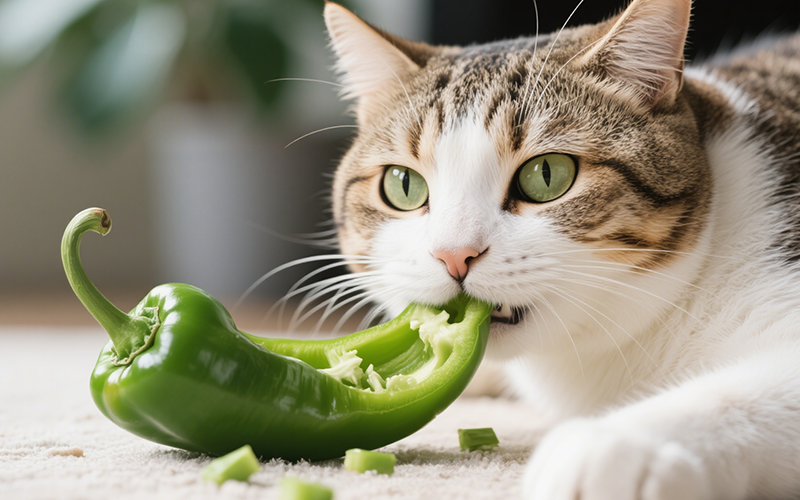
Crunchy Query: Can Cats Eat Green Peppers? A Vet-Reviewed Safety Analysis
- 16 Apr 2025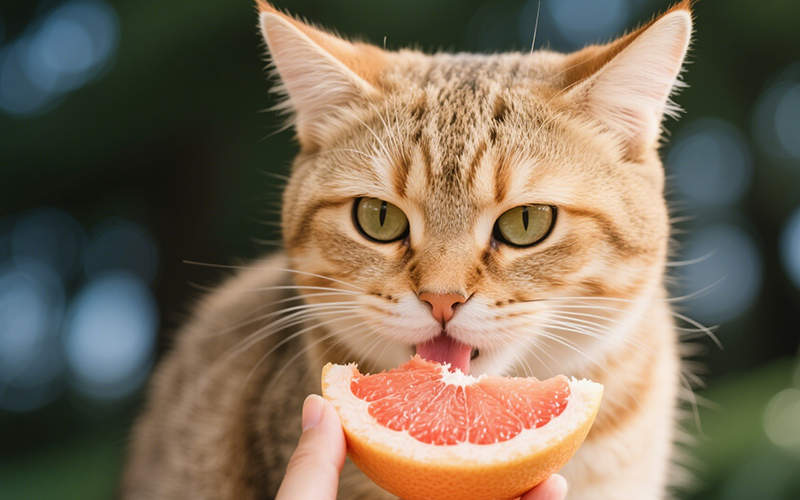
Toxic Temptation: Can Cats Eat Grapefruit? Vet Explains the Dangers
- 16 Apr 2025
Emergency Meal or Major Mistake? Can Cats Eat Dog Food For A Couple Days? (Vet Guide)
- 16 Apr 2025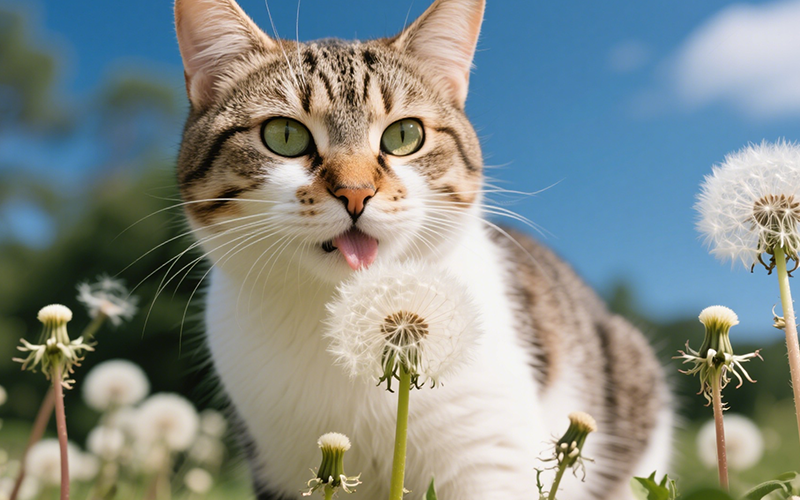
Dandelions & Felines: Can Cats Eat These Common Weeds Safely? Vet Explains
- 16 Apr 2025
